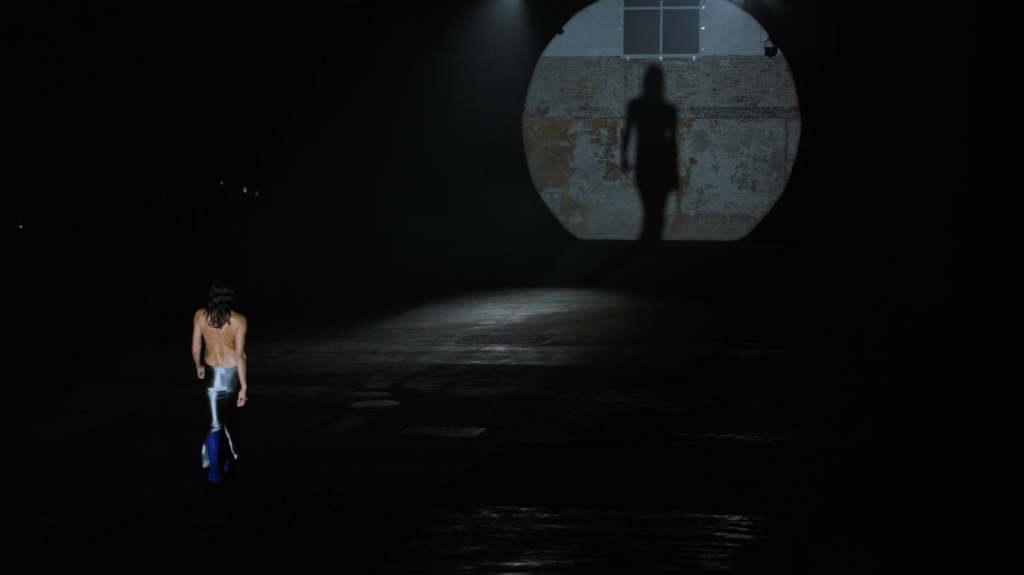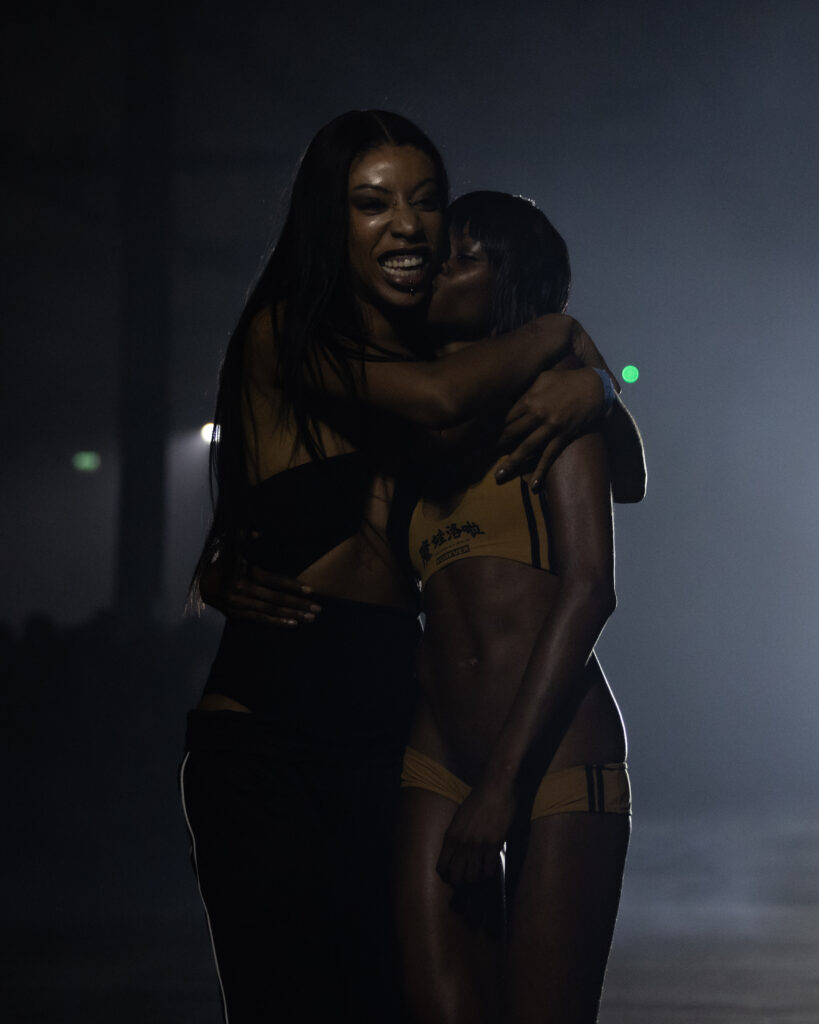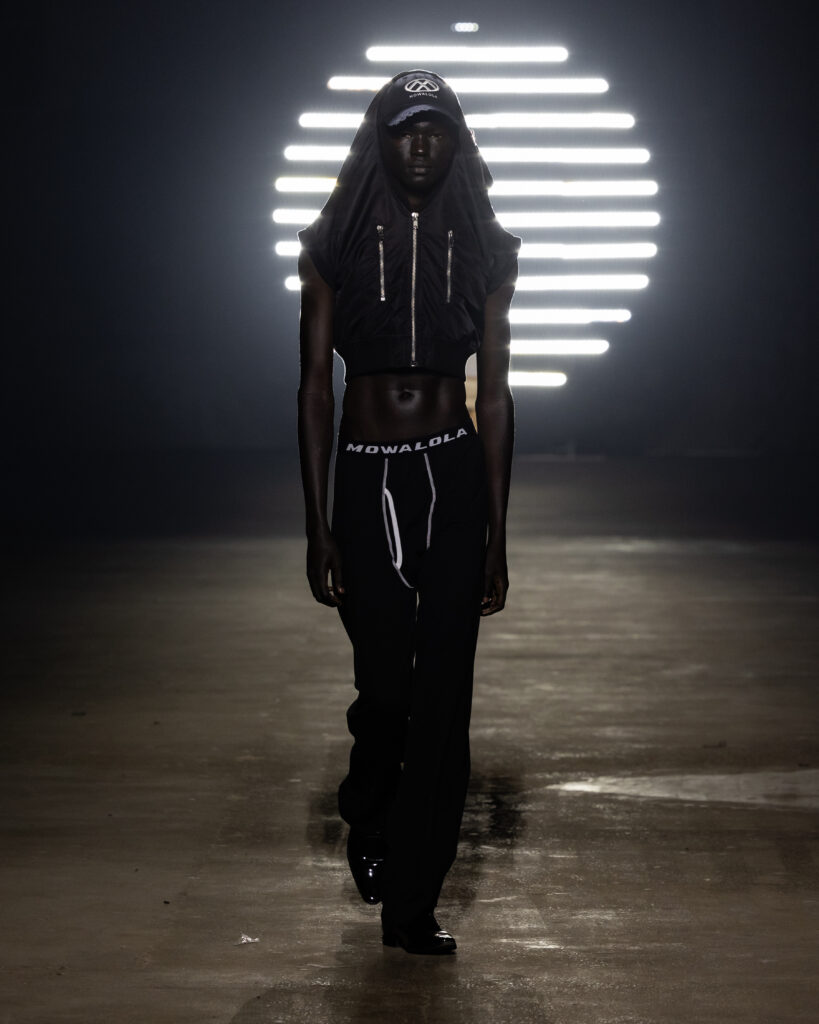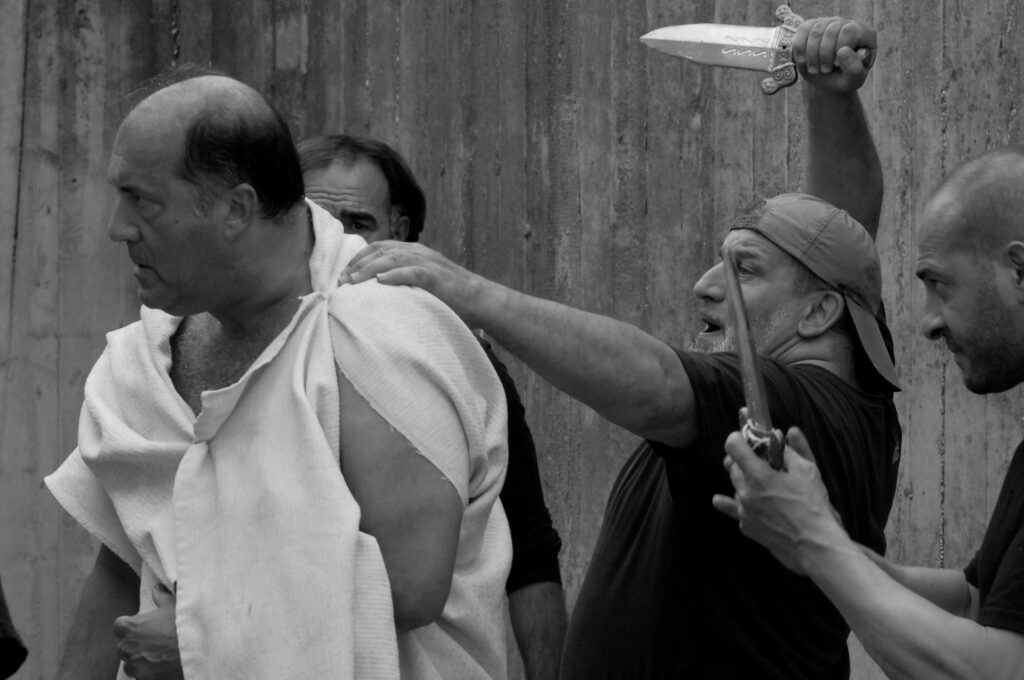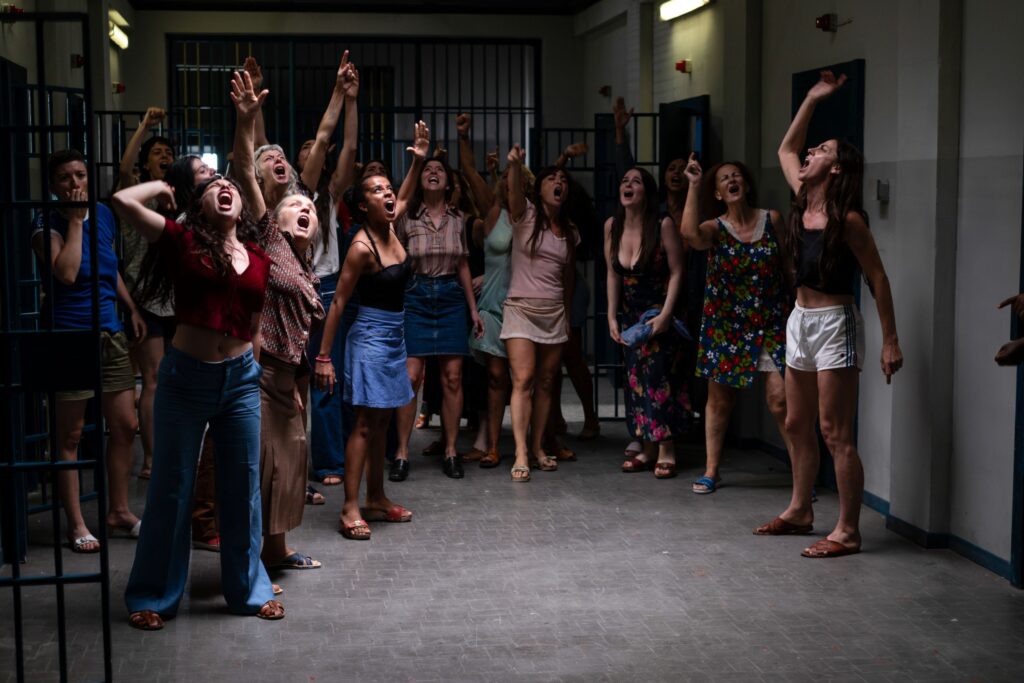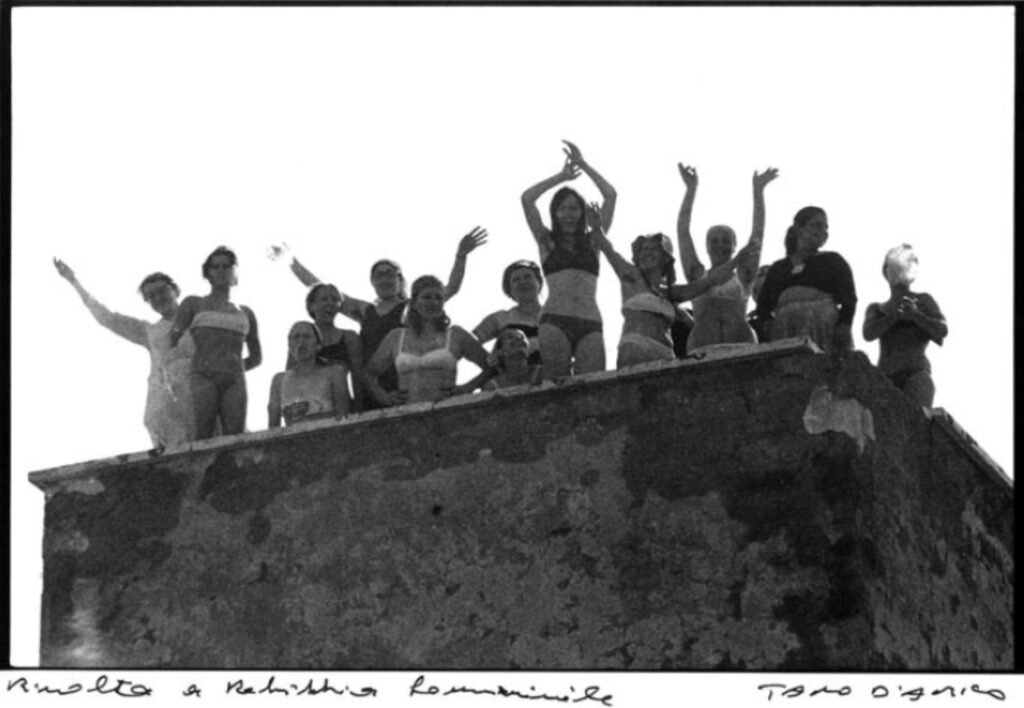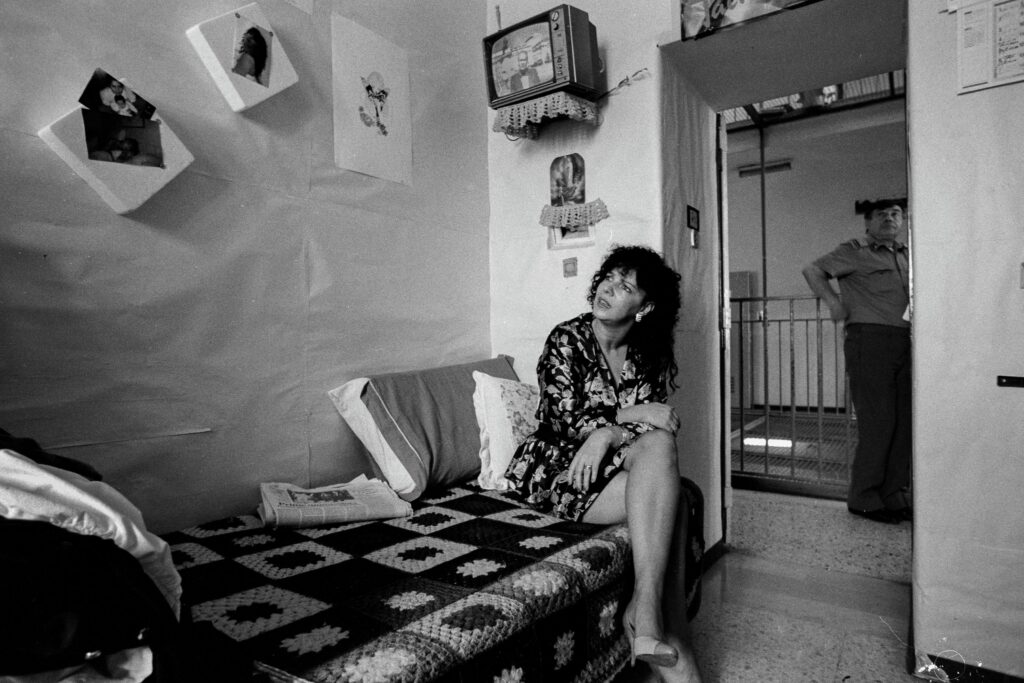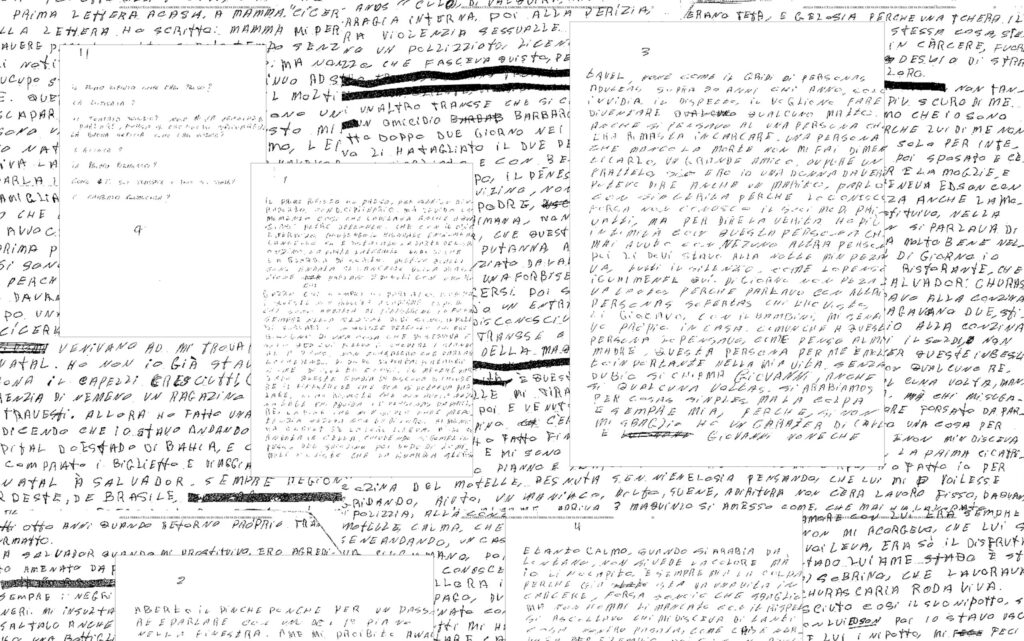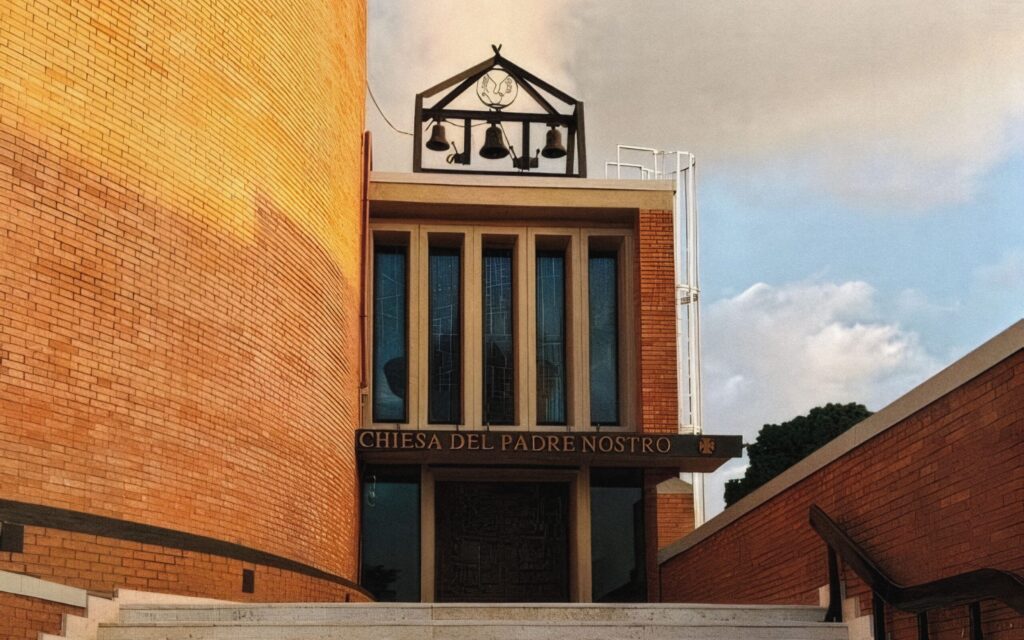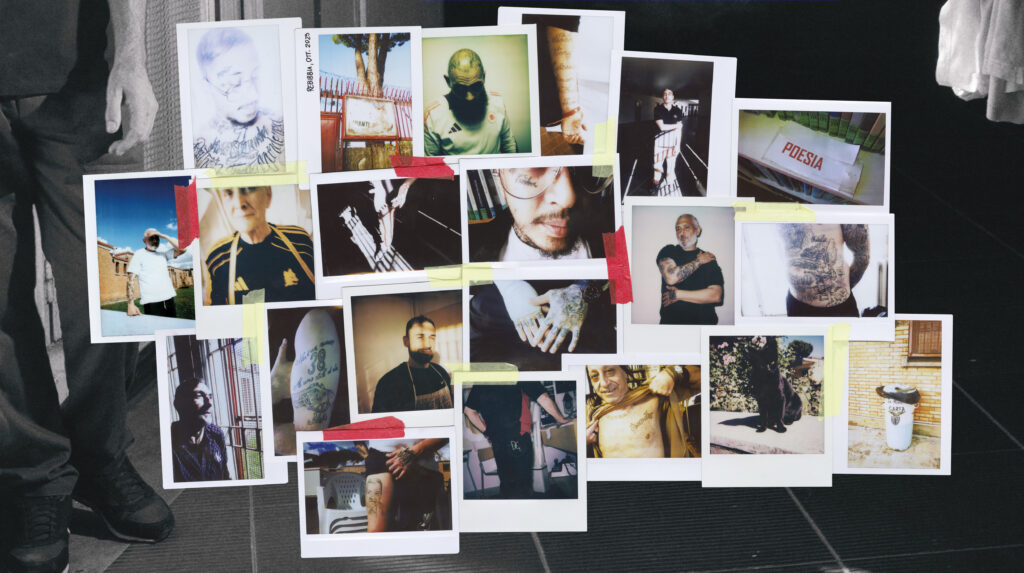Okrika but Make It Fancy
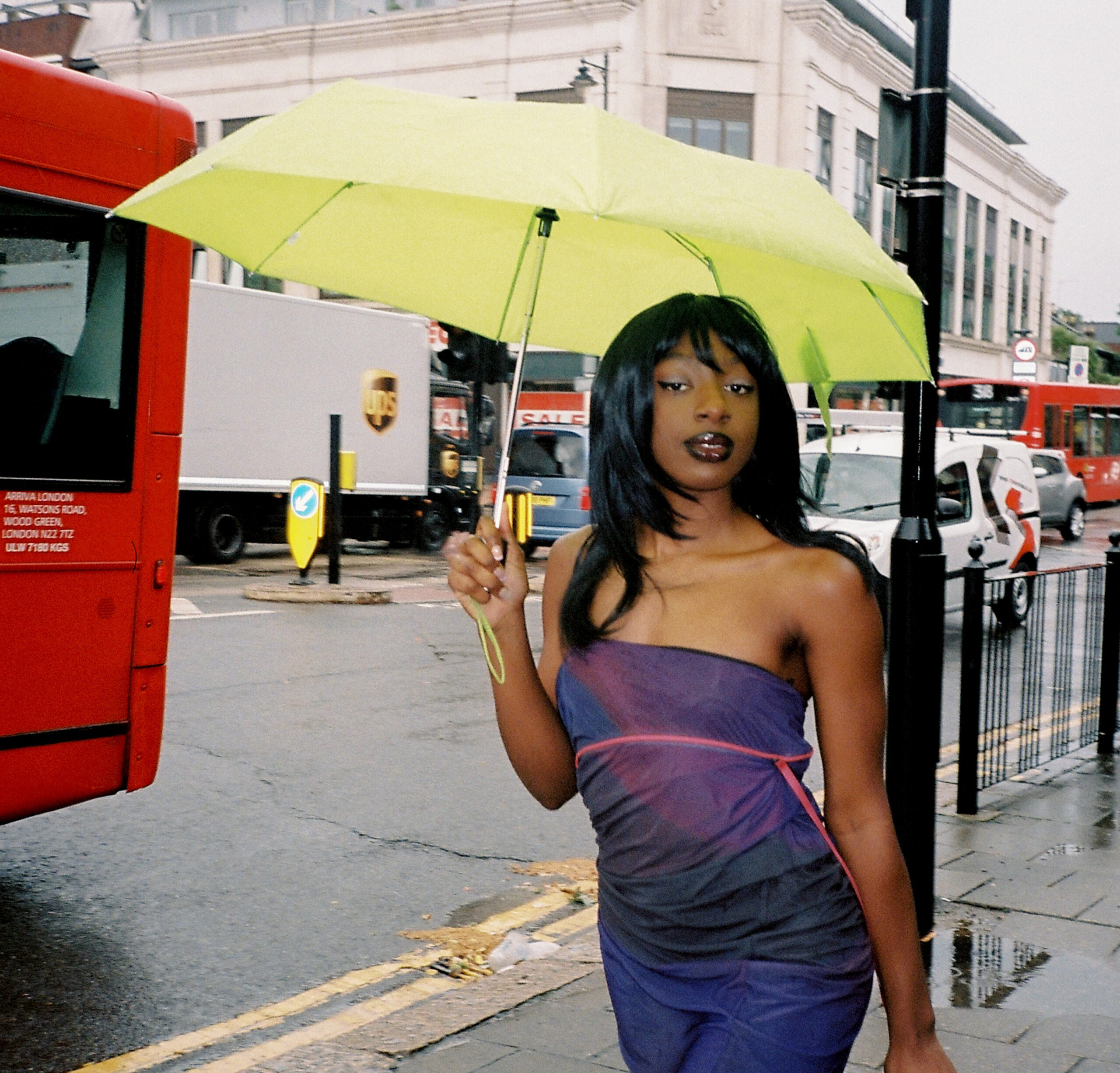
Thrifting isn’t new to any part of Nigeria. In some places, it’s called “okrika” or “bend down select,” referring to the act of physically bending down to pick second-hand clothes. But it wasn’t always considered acceptable. Clothes you bent down to select weren’t meant to be your outside clothes; they weren’t meant to be seen. If they were, they served as a class indicator. Traditionally, thrifted clothes were casual wear: outfits for staying at home, running errands; moments when you weren’t performing class. The primary way to thrift was through markets and street vendors, where people haggled to drive prices down as much as possible. In the 2000s and early 2010s, clothing could go for as low as ₦50 or ₦100, depending on the location and bargaining skills. Specialised thrift stores? In Nigeria, those only became popular—especially on social media—following the alté renaissance.
Clothes you bent down to select weren’t meant to be your outside clothes; they weren’t meant to be seen. If they were, they served as a class indicator.
Alté fashion, emerging alongside alté music, was coded as anti-establishment from the start. It went against the grain, embraced by a distinctive wave of young people—millennials and early Gen Zers—pushing back against conservative values. Their clothes reflected this rebellion. For many queer Nigerians, the alté space also became a way to explore fashion beyond rigid gender norms and find community among others rejecting Nigeria’s restrictive views. A shift in how people perceived thrifting occurred around the same time that the alté sound was coming to the fore of culture: the almighty 2010s. One of the first changes was in language, particularly heralded by social media influencers and fashion bloggers of the time: people like Cassie Daves, Grace Alex, and Ifeoma Amadi. These young women were mostly university students at the time, creating fashion content for their blogs, where they shared inexpensive pieces of clothing found around street corners. In time, more young people were not just willing to thrift but eager to share that what they were wearing was thrifted. It became a point of pride, a flex even, to boast about how cheap your stylish top was. Soon, thrifting tales and online thrifting stores were all over social media. At this point, the rebrand from “okrika” and “bend down select” to thrifting was complete.



This is particularly important to the history of alté fashion, not just because that was happening as the scene’s fashion was taking shape, but because it heavily relied on items from Western styles: low-brow jeans, vests, denim of all styles, ankle-length boots, etc. Thrifting was the primary way they could own these pieces; cheaply and in the volume required to build an alté identity. While thrifted clothes have helped fuel the fashion of the alté subculture, this influx also creates unique challenges for local designers and tailors: it is nearly impossible to compete with the low prices of Western cast-offs. Another dark side of the glamourisation of thrifting in Lagos lies in the very source of a large volume of these items: mountains of fast-fashion waste regularly offloaded from cargo ships onto West African shores.
Thrifting was the primary way they could own these pieces; cheaply and in the volume required to build an alté identity.
As fast fashion, the primary source of “bend down select” clothes, continues its wild and uncontained rise, its waste products are piling up in these African countries. In Ghana, these thrifted clothes are called “boron wawu” or “dead white man’s clothes” and are imported on an alarming basis. In 2021, Ghana imported $214m of used clothes; in 2023, Nigeria imported textiles and clothing worth $240.93 million. And while these second-hand traders are disposing of these clothes, not even the alté subculture is enough to right the wrongs of Western countries using whole countries as a fashion waste bin. It didn’t take long before independent brands began to emerge within the alté scene, adding new possibilities to the complex thrifted stylings and pushing alté fashion in an even more experimental direction.
Writer Nelson C.J. once confessed to Dazed that it’s “easy to tell where a young Nigerian’s social or political allegiances lie just by looking at the clothes they choose to wear.” When names like Waffles N Cream, Pith, and Mowalola emerged, they quickly became symbols of the movement. Their pieces—Waffles N Cream football jersey-inspired shirts and bucket hats, Mowalola’s mini skirts, and Pith’s Heatmap Crop—legitimised alté fashion beyond thrifted DIY looks. This shift made the alté aesthetic easier to buy into. No longer just a mix-and-match thrifted vibe, these brands added a high-fashion identity to alté styling. But this also sparked criticism. Many of these labels sold their items at price points far beyond what thrifted fashion once offered, making the aesthetic less accessible to young Nigerians.
No longer just a mix-and-match thrifted vibe, these brands added a high-fashion identity to alté styling.
But what are the clothing pieces that are undeniably alté? For young Nigerian women in university, short denim skirts and low-rise jeans were their way of channelling the campus baddie characters: Nollywood actresses like Genevieve Nnaji and Oge Okoye immediately come to mind. Not only are they easy to style, but they are also easy to source from the local “okrika” seller, and they are a way for young people to rebel against Nigeria’s more conservative style codes—deeply influenced by religious and cultural norms that vary by region, depending on the dominant religions and ethnic groups, yet all emphasising modesty and gendered expression. Baggy trousers are also high up there, often nodding to Nollywood onscreen bad-boy characters—see actor Jim Iyke. Thick, trimmed sunglasses reminiscent of Kurt Cobain, and beyond the sportswear tops that brands like Waffles N Cream became known for, net tops became very popular too, as the alté community didn’t shy away from showing skin.

The real magic has always been in the styling. It seems like with alté, certain people did it better; they just had a cool intrinsic factor that pulled it together. It was what made music artists like Cruel Santino, Odunsi, and DRB Lasgidi stand out with their visuals, from their music videos to their performances. These visuals were largely the work of stylists Ashely Okoli and Dunsin Wright, whose work with artists like Odunsi (The Engine) and Santi can be credited as creating the style bible and codes that guide the alté culture. Their contributions didn’t end there; their boundary-pushing personal style would directly influence many, helping make it a favourite on social media.
Ashley Okoli, in particular, had many viral-style moments that confused and inspired in equal measure. But this isn’t the extent of their impact; both Okoli and Wright’s styling practices grew over time and expanded to artists, celebrities and brands who weren’t alté per se, thus bringing the alté edge to the forefront of mainstream culture. And they weren’t the last; stylists like Bryan Ibeh and Tee Saint are part of an emerging class of stylists whose work is keeping that alté edge ever-evolving and relevant today.

